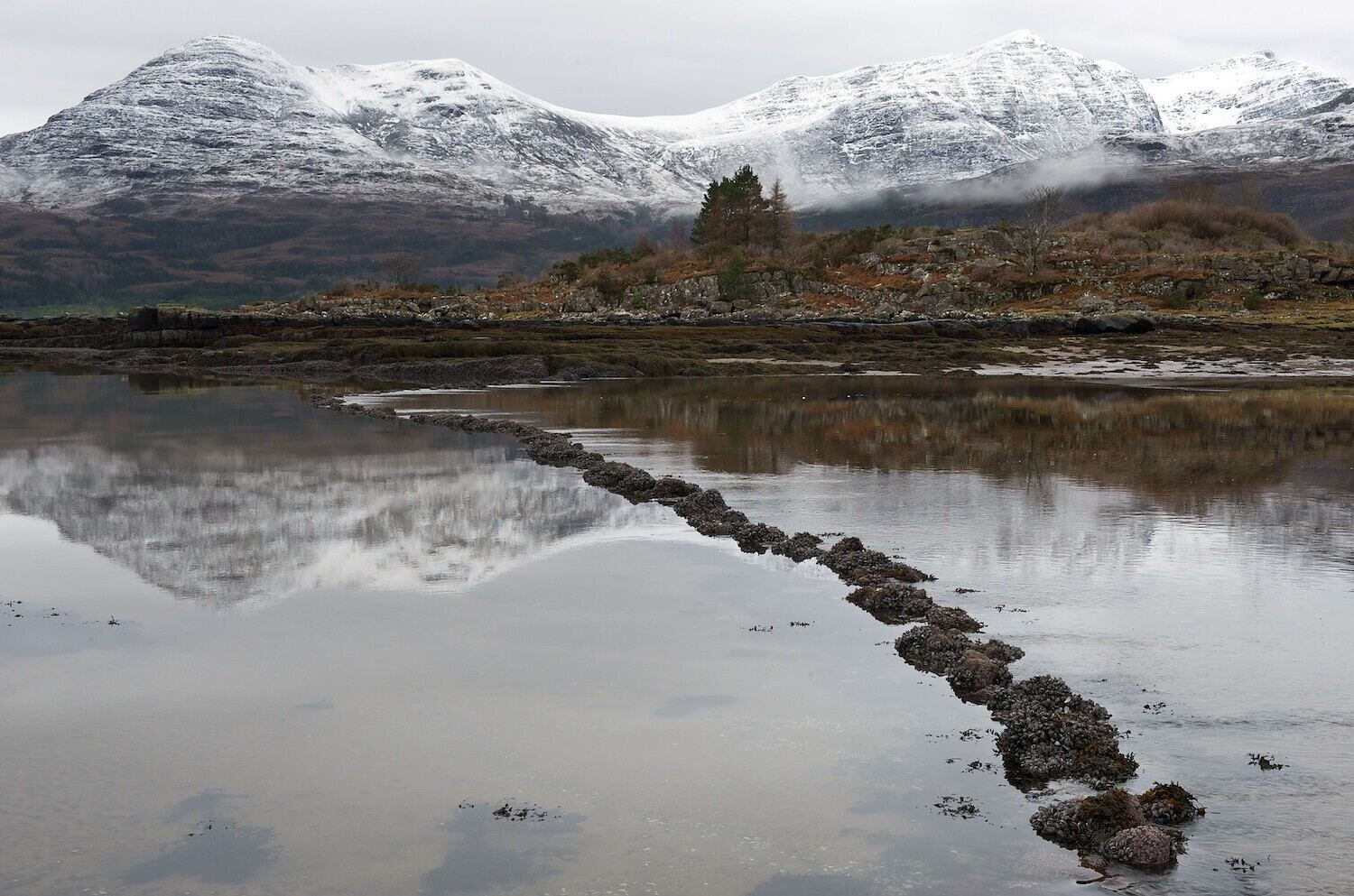Secrets Of West Virginia’s Ancient Fish Weirs Monongahela

Have you ever wondered about the hidden history beneath West Virginia's rivers? West Virginia's ancient fish weirs offer a fascinating glimpse into the past. These stone structures, built by Native Americans, were used to catch fish in the Monongahela River. Imagine standing by the river, watching fish swim into these cleverly designed traps. It's like stepping back in time, seeing how people lived and thrived centuries ago. These weirs are not just piles of rocks; they are a testament to human ingenuity and survival. Next time you visit West Virginia, take a moment to appreciate these ancient marvels.
Discovering West Virginia's Ancient Fish Weirs
West Virginia's rivers hide secrets beneath their waters. Ancient fish weirs, crafted by Native Americans, tell stories of survival and ingenuity. These stone structures, used to trap fish, offer a glimpse into the past. Let's explore some of the most fascinating fish weirs in the Monongahela region.
1. Cheat River Fish Weir
Cheat River's fish weir is a marvel of ancient engineering. Located near the town of Albright, this weir showcases the resourcefulness of early inhabitants. The stones form a V-shape, guiding fish into a central trap.
- Location: Near Albright
- Features: V-shaped stone formation
- Historical Significance: Demonstrates ancient fishing techniques
2. Tygart Valley River Weir
Tygart Valley River holds another ancient treasure. This weir, found near Philippi, is a testament to the area's rich history. The structure spans the river, creating a natural barrier that funneled fish into waiting nets.
- Location: Near Philippi
- Features: River-spanning stone barrier
- Historical Significance: Highlights the ingenuity of early settlers
3. Buckhannon River Weir
Buckhannon River's weir, located close to the town of Buckhannon, offers a unique look at ancient fishing practices. The weir's design, with its intricate stone patterns, reveals the advanced knowledge of hydrodynamics possessed by its creators.
- Location: Near Buckhannon
- Features: Intricate stone patterns
- Historical Significance: Reflects advanced understanding of water flow
4. West Fork River Weir
West Fork River's fish weir, situated near Clarksburg, is another example of early engineering prowess. The weir's strategic placement and construction allowed for efficient fish trapping, providing a reliable food source for the community.
- Location: Near Clarksburg
- Features: Strategically placed stones
- Historical Significance: Provided a consistent food supply
5. Monongahela River Weir
Monongahela River, near Morgantown, hides one of the most impressive fish weirs. This structure, with its large, carefully placed stones, showcases the skill and effort invested by its builders. The weir's effectiveness in trapping fish made it a vital resource.
- Location: Near Morgantown
- Features: Large, carefully placed stones
- Historical Significance: Essential for community sustenance
6. Little Kanawha River Weir
Little Kanawha River's weir, found near Parkersburg, is a lesser-known but equally fascinating site. The weir's design, with its curved stone walls, demonstrates a deep understanding of fish behavior and river dynamics.
- Location: Near Parkersburg
- Features: Curved stone walls
- Historical Significance: Showcases knowledge of fish behavior
7. Elk River Weir
Elk River, near Sutton, boasts a fish weir that highlights the adaptability of ancient communities. The weir's construction, using locally sourced stones, reflects the resourcefulness and environmental awareness of its builders.
- Location: Near Sutton
- Features: Locally sourced stones
- Historical Significance: Reflects environmental adaptability
8. Greenbrier River Weir
Greenbrier River's weir, located near Lewisburg, offers a glimpse into the past. The weir's simple yet effective design allowed for efficient fish trapping, ensuring a steady food supply for the area's early inhabitants.
- Location: Near Lewisburg
- Features: Simple, effective design
- Historical Significance: Ensured a steady food supply
9. Gauley River Weir
Gauley River, near Summersville, hides a fish weir that speaks to the ingenuity of its creators. The weir's placement in a fast-flowing section of the river required precise engineering to ensure its effectiveness.
- Location: Near Summersville
- Features: Located in fast-flowing water
- Historical Significance: Demonstrates precise engineering skills
10. Potomac River Weir
Potomac River, near Harpers Ferry, features a fish weir that highlights the strategic thinking of ancient communities. The weir's location at a river bend maximized its efficiency, making it a crucial resource for the area's inhabitants.
- Location: Near Harpers Ferry
- Features: Positioned at a river bend
- Historical Significance: Maximized trapping efficiency
Discovering Hidden History
West Virginia's ancient fish weirs along the Monongahela River offer a glimpse into the past. These structures, built by Native Americans, showcase their ingenuity and deep connection to nature. Exploring these weirs not only provides a unique outdoor adventure but also a chance to appreciate the rich cultural heritage of the region.
Visiting these sites can be a rewarding experience for history buffs, nature lovers, and anyone curious about the past. The weirs stand as a testament to the resourcefulness of early inhabitants and their sustainable fishing practices.
Next time you're in West Virginia, take a moment to visit these ancient fish weirs. You'll walk away with a deeper understanding of the area's history and a newfound appreciation for the people who once thrived along the Monongahela River.

